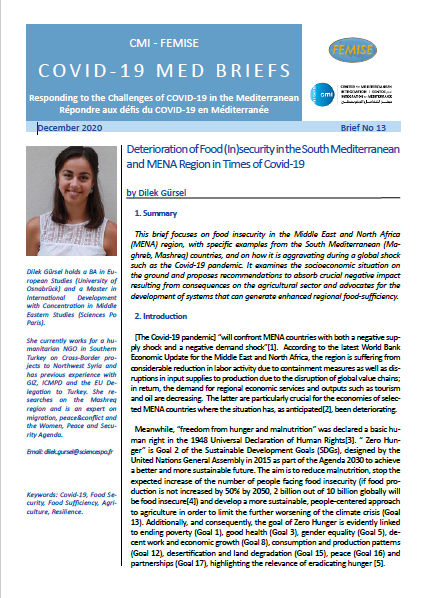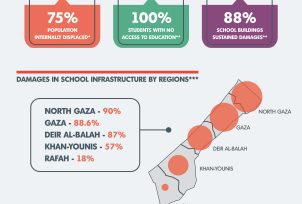FEMISE research project FEM42-10 – Inequality and inclusive growth : Are education and innovation favoring firm performance and well-being?

This research project includes the following 3 papers:
Returns to Vocational and University Education in Egypt
Despite the substantial expansion in technical and vocational education in Egypt, the labour market lacks technical skilled workers not only in numbers but also in competences. This paper examines the impact of education on labour market outcomes in Egypt, with a focus on returns to vocational secondary and technical higher education in 1998, 2006 and 2012.
The main policy implication of this paper’s analysis is that quality and labour market relevance of vocational education remains the key to an effective reform. Encouraging private businesses to invest in vocational education will be of little use if the trainees are still faced with social stigma that relegates them to low-paid jobs. Therefore, a policy recommendation is to design governmental measures to improve the ‘image’ of vocational education in Egypt.
Gender Gap and Firm Performance in Developing Countries
This paper uses firm-level data from the World Bank Enterprise Survey (WBES) to investigate productivity gaps between female and male-managed companies in developing countries and to compare the outcomes obtained for different regions in the world. We depart from the previous literature by using the gender of the top manager as target variable, which is newly available in the 2016 version of the WBES.
The main results indicate that it is crucial to distinguish between female management and female ownership and also the confluence between both. We find that when the firms are managed by females and there are not female owners, they show a higher average labour productivity and TFP. However, if females are among the owners and a female is the top manager, then their productivity is lower than for other firms. These results are very heterogeneous among regions.
Real convergence between ENP and southern European countries: a cluster analysis
This paper analyses the convergence pattern of GDP per capita, productivity, inequality and unemployment in both ENP and southern European (SE) countries. It follows the methodology proposed by Phillips and Sul (2007, 2009) in which different convergence paths can be distinguished among heterogeneous economies involved in a convergence process.
The main results from the convergence analysis show that whereas there is convergence in unemployment, GDP per capita and productivity between EU and ENP countries, no convergence is found for inequality. Among the challenges of an evolving neighbourhood, inclusive economic development should be included in the new ENP approach.
Latest Publications
































 Syria
Syria 



